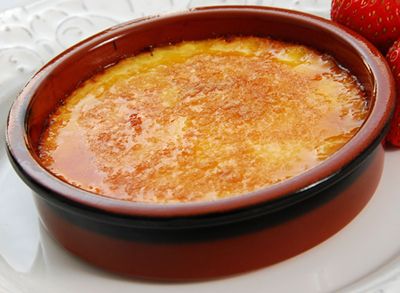July19
Top Ten Tuesday is a weekly linkup of book bloggers hosted by The Broke and The Bookish!

This week’s topic asks for books set outside the USA. I’ve combined that with the challenge from two weeks ago (books with fewer than 2,000 GoodReads ratings) to make you a list of Atlantic-Canadian-set books you may not have heard too much about. These books come from my reading of the last ten years, and the list is, of course, subject to change as life goes on.
1. River Thieves by Michael Crummey
1,381 Goodreads ratings; my rating – 5 stars
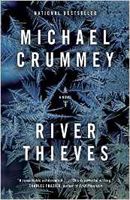 In Newfoundland in the early 1800s, explorer David Buchan wants to establish communication with the last of the Beothuks–the native peoples.
In Newfoundland in the early 1800s, explorer David Buchan wants to establish communication with the last of the Beothuks–the native peoples.
The expedition goes “horribly awry” and it becomes clear that there is no way these people can avoid extinction, as long as “white men” continue to settle.
The book exposes the senselessness of such extinctions, and the baseness of human nature.
2. Downhill Chance by Donna Morrissey
419 Goodreads ratings; my rating – 5 stars
 Set in Newfoundland fishing villages c1940-1955, this is a heart-rending story of how war affects families and communities.
Set in Newfoundland fishing villages c1940-1955, this is a heart-rending story of how war affects families and communities.
Morrissey writes beautifully. Her characters are brilliantly real–likeable but flawed, every one.
This is also the story of women – Sare, Clair, Missy, Hannah. Even the things the men did were presented in the context of how it affected a woman, or women. But, trust me, that does not make this a women’s novel.
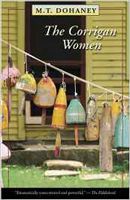 3. The Corrigan Women/To Scatter Stones/A Fit Month for Dying by M.T. Dohaney
3. The Corrigan Women/To Scatter Stones/A Fit Month for Dying by M.T. Dohaney
30/12/15 Goodreads ratings; my rating – 5 stars
Set in a Newfoundland outport, this trilogy is the story of three generations of Corrigan women: Bertha, Carmel, & Tessie. The stories are rich and tragic; the writing superb. I was sad to see this series end.
4. Latitudes of Melt by Joan Clark
820 Goodreads ratings; my rating – 4½ stars
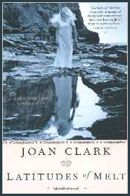
Also set in Newfoundland, this near Cape Race throughout the 20th century.
Baby Aurora is found floating on an ice pan in the North Atlantic Ocean. We later learn that she had been on the Titanic.
The book follows Aurora’s life and that of her daughter and grand-daughter. It’s lovely, almost lyrical writing.
5. Ivor Johnson’s Neighbours by Bruce Graham
6 Goodreads ratings; my rating – 4½ stars
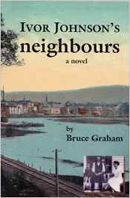
This is, in my opinion, the best of the four novels by Graham that I have read.
It has a great Nova Scotia small town setting (Parrsboro?) and realistic characters. The plots and sub-plots are skillfully woven together.
How the lives of the residents of Snake Road intertwine over the years!
6. A Forest for Calum by Frank Macdonald 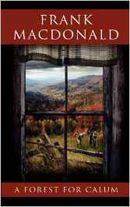
52 Goodreads ratings; my rating – 4½ stars
Wonderful book set in Cape Breton (Nova Scotia). It explores the relationship between grandfather and grandson, and the need for a purpose in life.
No sugar coated endings.
Also, some lessons in Gaelic.
7. Tarcadia by Jonathan Campbell 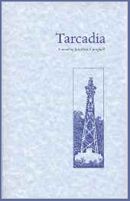
7 Goodreads ratings; my rating – 4 stars
The summer of 1974 in Sydney, Nova Scotia through the eyes of 13-year-old Michael.
The premise that leads to his family’s breakdown might seem bizarre if you didn’t live through that time of “free love” and “open marriage”. I found it disturbingly realistic.
Highly recommended.
8. Alligator by Lisa Moore
1,188 Goodreads ratings; my rating – 4 stars
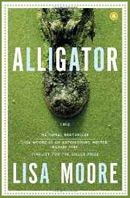 Set in modern day St. John’s, Newfoundland, this book tells its story through alternating chapters about Colleen, a seventeen-year-old would-be eco-terrorist, her mother Beverly, Beverly’s sister Madelaine, and Frank, a benevolent young man without a family.
Set in modern day St. John’s, Newfoundland, this book tells its story through alternating chapters about Colleen, a seventeen-year-old would-be eco-terrorist, her mother Beverly, Beverly’s sister Madelaine, and Frank, a benevolent young man without a family.
Moore’s word pictures shine. Through them, and many seamless flashbacks, she provides character development, background and plot advancement simultaneously.
Alligator is a Canadian best seller, winner of the Commonwealth Writers’ Prize (Canadian and Caribbean region), and a Globe and Mail Book of the Year award.
9. Cold Clear Morning by Lesley Choyce
11 Goodreads ratings – my rating – 4 stars

Set in fictional Nickerson Harbour, Nova Scotia.
Man returned to his boyhood home after his wife fatally ODs, due to Hollywood lifestyle. Man finds roots, memories including the cold clear morning.
Beautifully written.
10. There You Are by Joanne Taylor
13 Goodreads ratings; my rating – 4 stars
 Twelve-year-old Jeannie Shaw lives in the Margaree Valley on Cape Breton Island, Nova Scotia in the 1950s. Amazon says: “Lonely and isolated in her small, post-World War II rural community, she longs for a friend, a longing that verges on obsession. When a new family moves in, her hopes are raised, then dashed, and a near tragedy yields unexpected results. Taylor has done a fabulous job of painting a vivid picture of life on Cape Breton Island.”
Twelve-year-old Jeannie Shaw lives in the Margaree Valley on Cape Breton Island, Nova Scotia in the 1950s. Amazon says: “Lonely and isolated in her small, post-World War II rural community, she longs for a friend, a longing that verges on obsession. When a new family moves in, her hopes are raised, then dashed, and a near tragedy yields unexpected results. Taylor has done a fabulous job of painting a vivid picture of life on Cape Breton Island.”
This is a middle-grades novel that I would recommend to readers of any age.
Bonus #11. Losing Eddie by Deborah Joy Corey
53 Goodreads ratings; my rating – 4½ stars
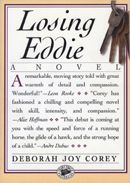
This is a brilliant first novel about how the death of teenage child affects family dynamics.
“Deborah Joy Corey captures the voice of . . . poverty and the voice of a single, struggling family” in rural New Brunswick.
Eloquent insights into family relationships.
* * * * *
Of course, there a myriad of other Atlantic-Canadian books I could recommend as well as those set elsewhere in Canada. Perhaps another post, if anyone is interested?


P.S. The links are affiliate links so I will receive a small percentage of any purchase you make after clicking through from this blog.
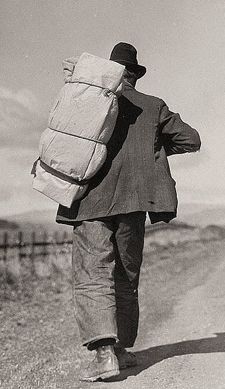


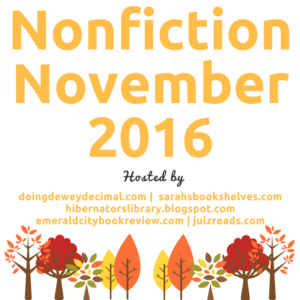

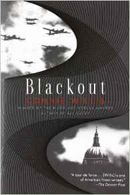

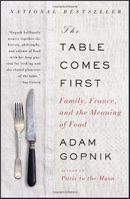 So books like Lawrence Scanlan’s
So books like Lawrence Scanlan’s 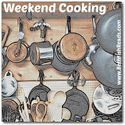

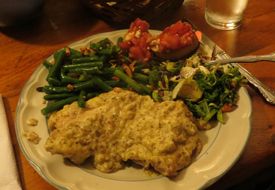 This dish was better than delicious. The chicken was moist and tender, and the sauce cheesy and creamy.
This dish was better than delicious. The chicken was moist and tender, and the sauce cheesy and creamy.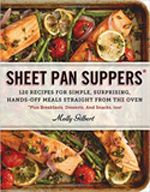 This week, we’re all looking back at our year of nonfiction, and for me, that’s pretty sad: my favourite NF books were cookbooks. In fact, the majority of nonfiction I perused this year was about food: cooking it (
This week, we’re all looking back at our year of nonfiction, and for me, that’s pretty sad: my favourite NF books were cookbooks. In fact, the majority of nonfiction I perused this year was about food: cooking it (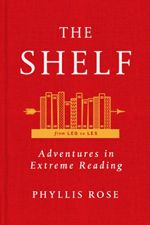
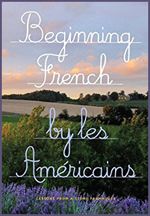
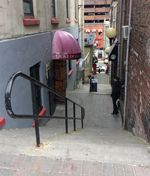 The second order was at the Duke of Duckworth, a downtown St. John’s institution of sorts. It hides on McMurdo’s Lane, a stairway that climbs the cliff between Water Street (below) and Duckworth Street. I’m afraid my attempt to photograph it doesn’t do it justice. Fans of CBC’s uber-popular
The second order was at the Duke of Duckworth, a downtown St. John’s institution of sorts. It hides on McMurdo’s Lane, a stairway that climbs the cliff between Water Street (below) and Duckworth Street. I’m afraid my attempt to photograph it doesn’t do it justice. Fans of CBC’s uber-popular 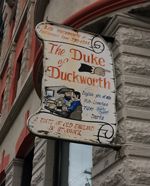
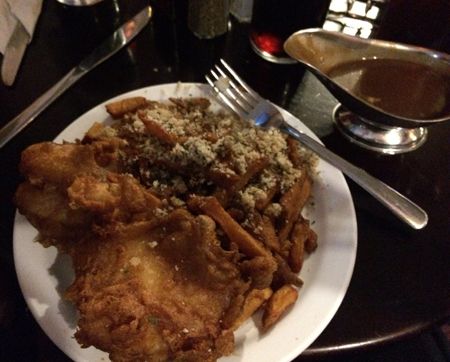

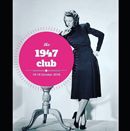 I have watched with interest as Simon at
I have watched with interest as Simon at 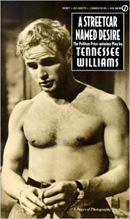 If you know A Streetcar Named Desire only from snatched clips or even just your friends’ impersonation of Brando’s “STELLL- AHHHHH!”, as I had, then you’ve missed the quality of this writing. But even if you can’t attend a live production of Streetcar, you can still access the beauty of this play in the written word – a slim 179-page volume that reads quickly and easily and, thanks to many school curricula, continues to be in print.
If you know A Streetcar Named Desire only from snatched clips or even just your friends’ impersonation of Brando’s “STELLL- AHHHHH!”, as I had, then you’ve missed the quality of this writing. But even if you can’t attend a live production of Streetcar, you can still access the beauty of this play in the written word – a slim 179-page volume that reads quickly and easily and, thanks to many school curricula, continues to be in print.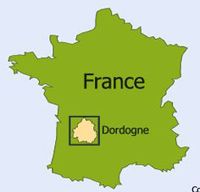
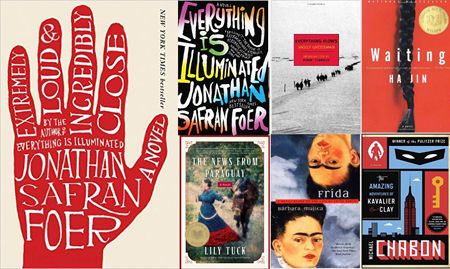

 Heat oil in a large, high-sided skillet over medium-low heat. Add onions and cover. Cook, stirring occasionally, until onions are tender and beginning to turn golden, about 15 minutes.
Heat oil in a large, high-sided skillet over medium-low heat. Add onions and cover. Cook, stirring occasionally, until onions are tender and beginning to turn golden, about 15 minutes. 

 Next book up was
Next book up was 
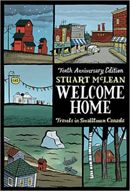
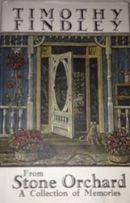 This non-fiction work was my introduction to this icon of Canadian literature.
This non-fiction work was my introduction to this icon of Canadian literature. 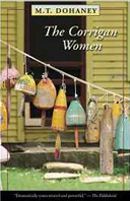 I love this cover: it represents so well the Atlantic Canadian life I’ve embraced.
I love this cover: it represents so well the Atlantic Canadian life I’ve embraced.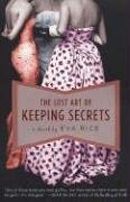
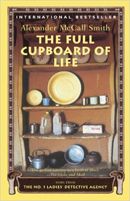

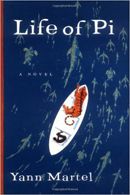
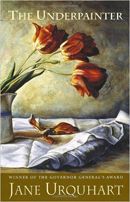
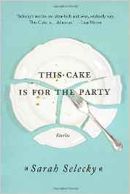
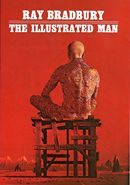
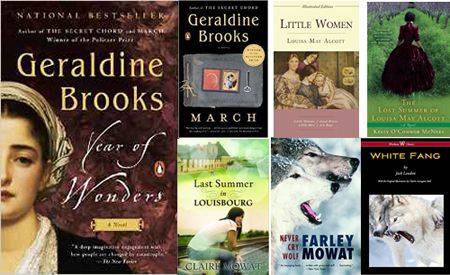
 dottle: the plug of tobacco residue or ashes left in the bottom of a pipe after it is smoked.
dottle: the plug of tobacco residue or ashes left in the bottom of a pipe after it is smoked.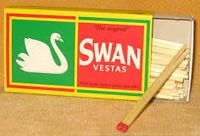 “He filled his pipe and struck one of the wax vestas.”
“He filled his pipe and struck one of the wax vestas.” In Newfoundland in the early 1800s, explorer David Buchan wants to establish communication with the last of the Beothuks–the native peoples.
In Newfoundland in the early 1800s, explorer David Buchan wants to establish communication with the last of the Beothuks–the native peoples. Set in Newfoundland fishing villages c1940-1955, this is a heart-rending story of how war affects families and communities.
Set in Newfoundland fishing villages c1940-1955, this is a heart-rending story of how war affects families and communities. 3. The Corrigan Women/To Scatter Stones/A Fit Month for Dying by M.T. Dohaney
3. The Corrigan Women/To Scatter Stones/A Fit Month for Dying by M.T. Dohaney



 Set in modern day St. John’s, Newfoundland, this book tells its story through alternating chapters about Colleen, a seventeen-year-old would-be eco-terrorist, her mother Beverly, Beverly’s sister Madelaine, and Frank, a benevolent young man without a family.
Set in modern day St. John’s, Newfoundland, this book tells its story through alternating chapters about Colleen, a seventeen-year-old would-be eco-terrorist, her mother Beverly, Beverly’s sister Madelaine, and Frank, a benevolent young man without a family.
 Twelve-year-old Jeannie Shaw lives in the Margaree Valley on Cape Breton Island, Nova Scotia in the 1950s. Amazon says: “Lonely and isolated in her small, post-World War II rural community, she longs for a friend, a longing that verges on obsession. When a new family moves in, her hopes are raised, then dashed, and a near tragedy yields unexpected results. Taylor has done a fabulous job of painting a vivid picture of life on Cape Breton Island.”
Twelve-year-old Jeannie Shaw lives in the Margaree Valley on Cape Breton Island, Nova Scotia in the 1950s. Amazon says: “Lonely and isolated in her small, post-World War II rural community, she longs for a friend, a longing that verges on obsession. When a new family moves in, her hopes are raised, then dashed, and a near tragedy yields unexpected results. Taylor has done a fabulous job of painting a vivid picture of life on Cape Breton Island.”
 Quire: a set of 24 or 25 sheets of paper of the same size and stock, the twentieth part of a ream.
Quire: a set of 24 or 25 sheets of paper of the same size and stock, the twentieth part of a ream. 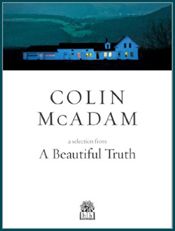 Set in Vermont and in a Florida primate research facility, this story is told alternately from the POV of humans and chimpanzees.
Set in Vermont and in a Florida primate research facility, this story is told alternately from the POV of humans and chimpanzees. 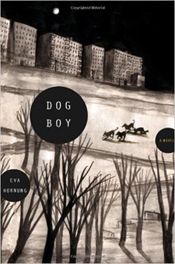 I’ll repeat
I’ll repeat  551 GoodReads ratings; my rating – 4½ stars
551 GoodReads ratings; my rating – 4½ stars How delightful this book!
How delightful this book!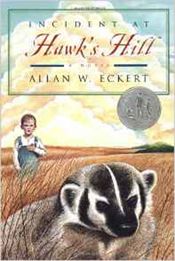 Set in the nineteenth century American mid-west, this is the story of a little boy who becomes lost on the prairie and spends several weeks living underground with an adult female badger. For some reason, I mistakenly thought it was a true story – and I found it highly believable. The boy was small and desperate; and the badger, grieving.
Set in the nineteenth century American mid-west, this is the story of a little boy who becomes lost on the prairie and spends several weeks living underground with an adult female badger. For some reason, I mistakenly thought it was a true story – and I found it highly believable. The boy was small and desperate; and the badger, grieving. 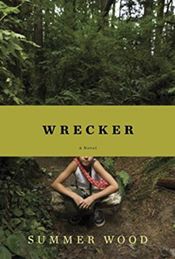
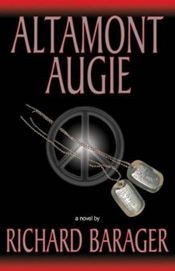 Richard Barager’s debut novel is set against the back drop of 1960s America, the Vietnam War, and the ever increasingly violent anti-war protests of the time. It is the story of David and Jackie, young people on opposite sides of those divisive issues, but who have a passion for each other that connects them through it all.
Richard Barager’s debut novel is set against the back drop of 1960s America, the Vietnam War, and the ever increasingly violent anti-war protests of the time. It is the story of David and Jackie, young people on opposite sides of those divisive issues, but who have a passion for each other that connects them through it all. 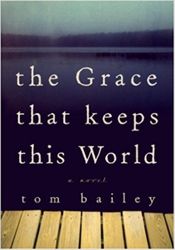
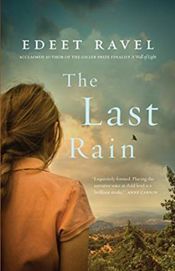 This novel is set on a kibbutz in Israel, mostly in the years 1949 and 1961.
This novel is set on a kibbutz in Israel, mostly in the years 1949 and 1961.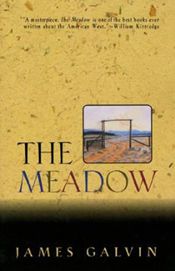
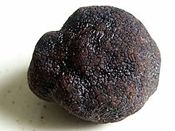 One of my readers asked if anyone knew what truffles taste like. They’re a fungus that usually grows in tree roots, and one wouldn’t think they’d go with dessert. (Mushroom pudding, anyone?)
One of my readers asked if anyone knew what truffles taste like. They’re a fungus that usually grows in tree roots, and one wouldn’t think they’d go with dessert. (Mushroom pudding, anyone?) 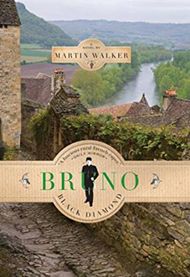 One of my favourite mystery series is Martin Walker’s
One of my favourite mystery series is Martin Walker’s 